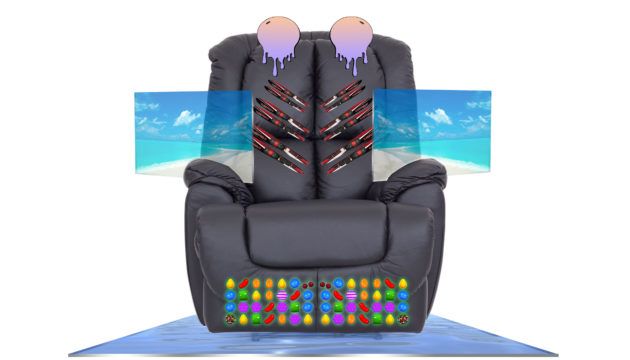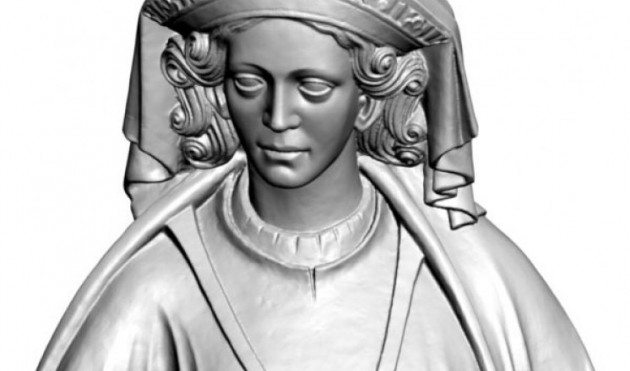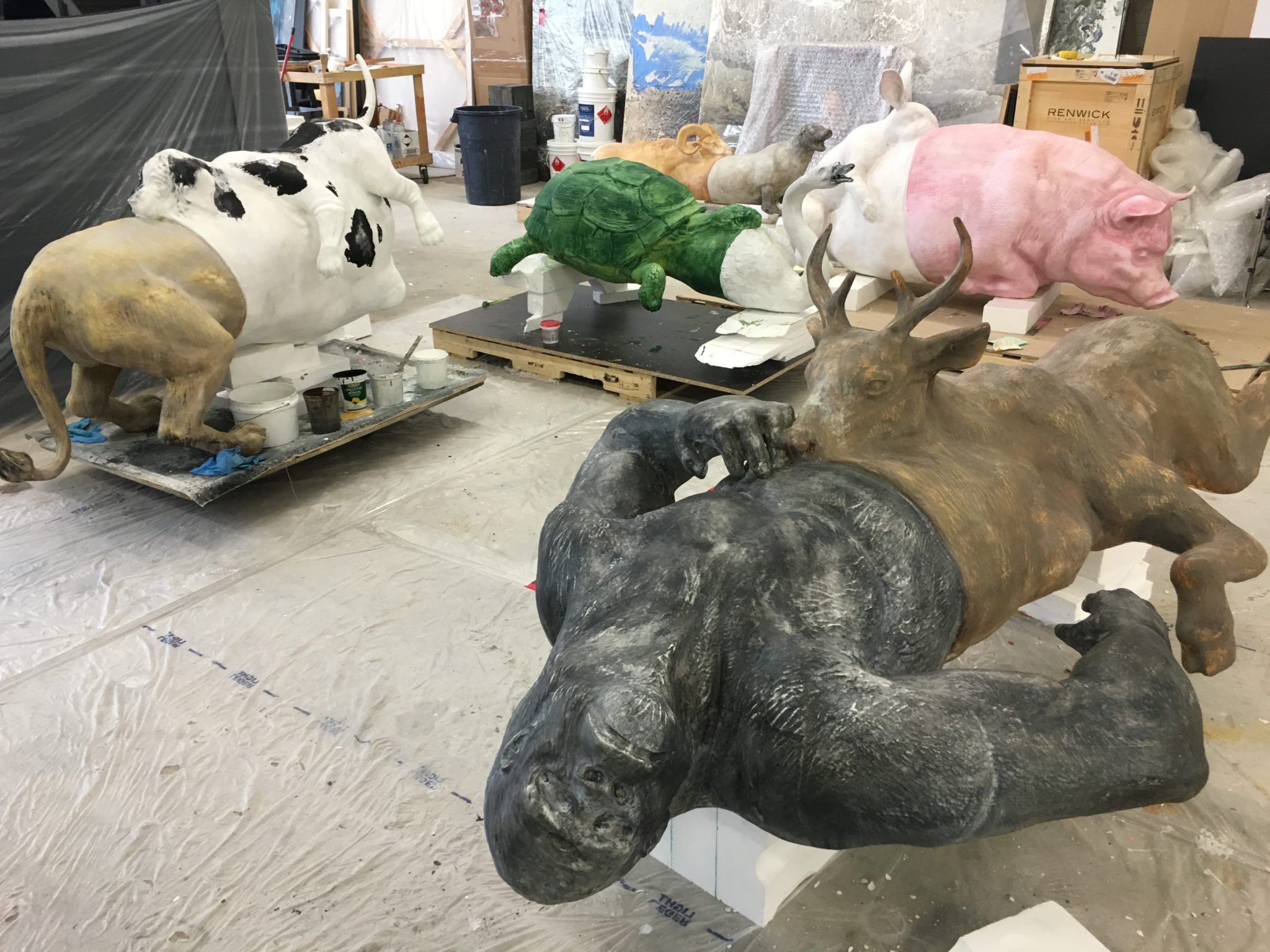As Rich As It’s Void: The Museum of Post Digital Cultures

The Museum of Post Digital Cultures is a collaborative online platform that invites curators, artists, and writers to present a range of projects and ideas surrounding the social and political consequence of the Internet. Founded in continuation of the 2013 symposium “Post Digital Culture” in Lausanne, the museum eschews the conventional archive—dead cemeteries of PDFs and sound files—and proposes an evolving multimedia smorgasbord that bans the tag “net art” to focus on post-medium practices. Through a number of different lenses, the Museum of Post Digital Cultures will explore topics such as cyber security, new cyberfeminism, and crypto currencies, to name a few, drawing from sources both new and from the past. 032c corresponded with the project’s co-curator, Elise Lammer, and its first guest curator, Paul Feigelfeld.
The title of the project implies something undefined but imminent (“post-digital”) as well as suggesting the traditional form of the museum (archive). What and/or how much do you suggest the audience reads in the title in order to understand the project?
LAMMER: Originally the title was chosen as a loose reference to the term “Post-Internet” first coined by Marisa Olson in 2007 and popularized by Artie Vierkant’s The Image Object Post-Internet (2010), a problematic yet paradoxical terminology that similarly encompasses the medium and its programmed obsolescence. “Post” is as rich as it’s void. One could argue that the term “post” was attached to “Internet” at the end of the noughties, the same way “post” was attached to “modern” at the end of the fifties. Both ambiguous terms, they share a common alienation towards society’s relation to reality and a fragmented understanding of culture under multiple layers of representation. The current (and accepted) ubiquity of the digital and the web, at least in the West, implies that we have digested the initial fascination for the medium and can now allow ourselves to focus on its social and political consequences.
Initially the museum was only meant to be the online archive of a two-day symposium exploring the relationship between art and new media that took place last November in Lausanne, Switzerland. Historically, the word “museum” evokes multiple meanings and functions, while always implying a place that gathers and shares knowledge. The idea with the Museum of Post Digital Cultures was to create an immaterial platform that would survive the time and space limitations of the symposium, where one could further discuss the questions tackled during the panel discussions.
FEIGELFELD: I find it interesting and not unproblematic that we engage with the digital, cultures, and the internet in a temporally categoric way structured along the lines of “post,” “proto,” or even “meta.” I don’t think that it’s particularly feasible, to be honest, but there seems to be a desire for it, now that postmodernism is over. An almost dietary “before/after” effect. By now, Post-Internet Art has already become a highly functional label that sells very well, while all it is defined by is basically the realization that we are *in* the internet rather than just *on* it — that it has become a pervasive, immersive environment, an ecology or technorganisms. It is neither possible nor effective to think and produce art about this technological condition, but rather we find ourselves in a sphere of cultural production that might not even be called cultural anymore, because culture, technology and nature have been converging for a long time now. I wonder if there can be new ways of creating beyond terminologies, with dialectics like this, because I think they do not do the job anymore and inhibit us in many ways.

Are you looking at any examples of historical media models that help to shape the project?
FEIGELFELD: From the curating side, I tried to trace different genealogies and create variable stratifications of media discourses that shape the project. The collection aims to be strange, funny, and emotional to the same degree as it tries to educate, formulate critique, and let the visitors engage. That’s why, for example, Yuri Pattison’s RELiable COMmunications project is closely entangled with providing crypto kits and privacy packs and tutorials the visitors can directly install and use. The entire sphere of the digital is built on the idea of encoding and encrypting. Intelligence services didn’t just now start mass surveillance, they built the entire infrastructure from the very beginning. My mentor Friedrich Kittler wrote a text on the NSA in 1984 (!), which you’ll find in the collection, alongside the text in which the term “information warfare” was coined: a Chinese PLA soldier named Shen Weiguang thought it up in 1985. What we call post digital has been in place for much, much longer than we realize.
LAMMER: From the perspective of the online museum, Federica Martini, the co-curator, and Patrick de Rham, the director of Post Digital Cultures, and I were trying to propose an alternative to the traditional modes of archiving following the symposium. For me the terms “online” and “museum” are historically antagonistic, if only because they don’t pertain to the same timeframe. Bringing them together was a simple way to question their meanings. A virtual museum is not a new thing, and the intention was never to create a didactic space, but rather to push further the debate, with complex elements that would bring more questions than answers. The guest curators have not been invited to be mediators but to bring their personal interpretation of what an online museum about digital cultures might or should be today. From the beginning, Paul was highly encouraged to re-work the whole platform and was granted total freedom.
You include works and writings from the past as well as current contributions. What do you look for in participating artists or historical works when selecting the content? Are there rough criteria?
LAMMER: The initial collection was made of symbolic donations from the scholars, artists, and writers who participated directly or remotely to the symposium. Like a time capsule, it reflected those protagonist’s specific preoccupations and references at the time: social media and activism, image distribution and circulation, the digital turn in art institutions, etc. Three months after we launched the museum, Paul was handed the keys for a six-week term. Alongside Pieter Vermeulen, Sabine Himmelsbach and Karen Archey, the guest curators will help us develop this experimental platform, while bringing their very own vision and subjective specificities.
FEIGELFELD: My approach was quite intuitive, as I see myself being immersed in the fuzzily defined environments that make up a post digital reality, rather than being able to observe it from an analytic, clinical outside viewpoint. So my selections are the result of forays, friendships, infatuations and forlornness in the field. I find it really interesting to see what happens when you let a piece by Ignacio Uriarte about randomly scattered Microsoft Word squares collide with a Vilém Flusser’s philosophy of a deep sea cephalopod, while Oliver Laric’s 3D scans resonate with Marcus Steinweg’s question “Why Deleuze?” in the Deep Web, or Britta Thie reciting a Frank O’Hara poem, which eerily and unexpectedly echoes with Aaron Swartz’s Open Access Manifesto, if you want it to. The results are often unforeseen and quite enchanting. If I had to formulate criteria for my selection, I’d say they have to be pragmatic and magic simultaneously. We can call it pragmagic.
Does humor at all form part of the agenda?
LAMMER: Humor is a great tool to approach sensitive topics. It has a cathartic effect and allows a genuine critique of the most consensualized trends. Though the MPDC deals with “serious” social and political issues, many of the contributions are in my opinion quite funny, in a deadpan sort of way.
FEIGELFELD: Marcus Steinweg’s NIHILISM (in capital letters) cracks me up. Generally I think there is a basso continuo of humor in the whole thing, with something slightly melancholic and serious. I like that none of the contributing artists is in any way cynical or ironic. Zuzanna Ratajczyk’s #PURENESS meditation podcast she recorded for her dance performance is a good example, as it really fucks around with all the already commodified post-internet Dri-FIT coconut water nano-aesthetics. For me it’s really a lot of fun to work on this project.

